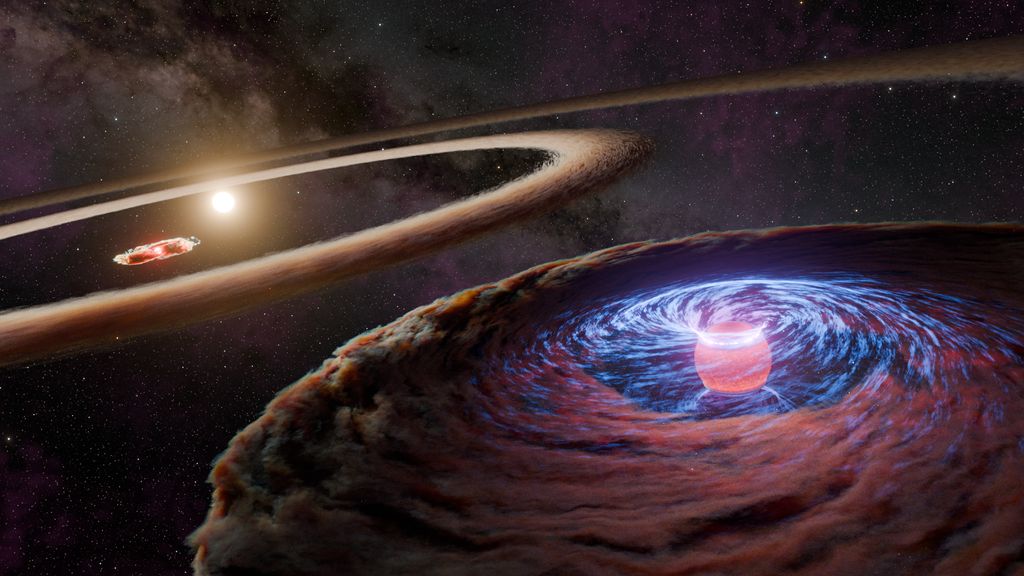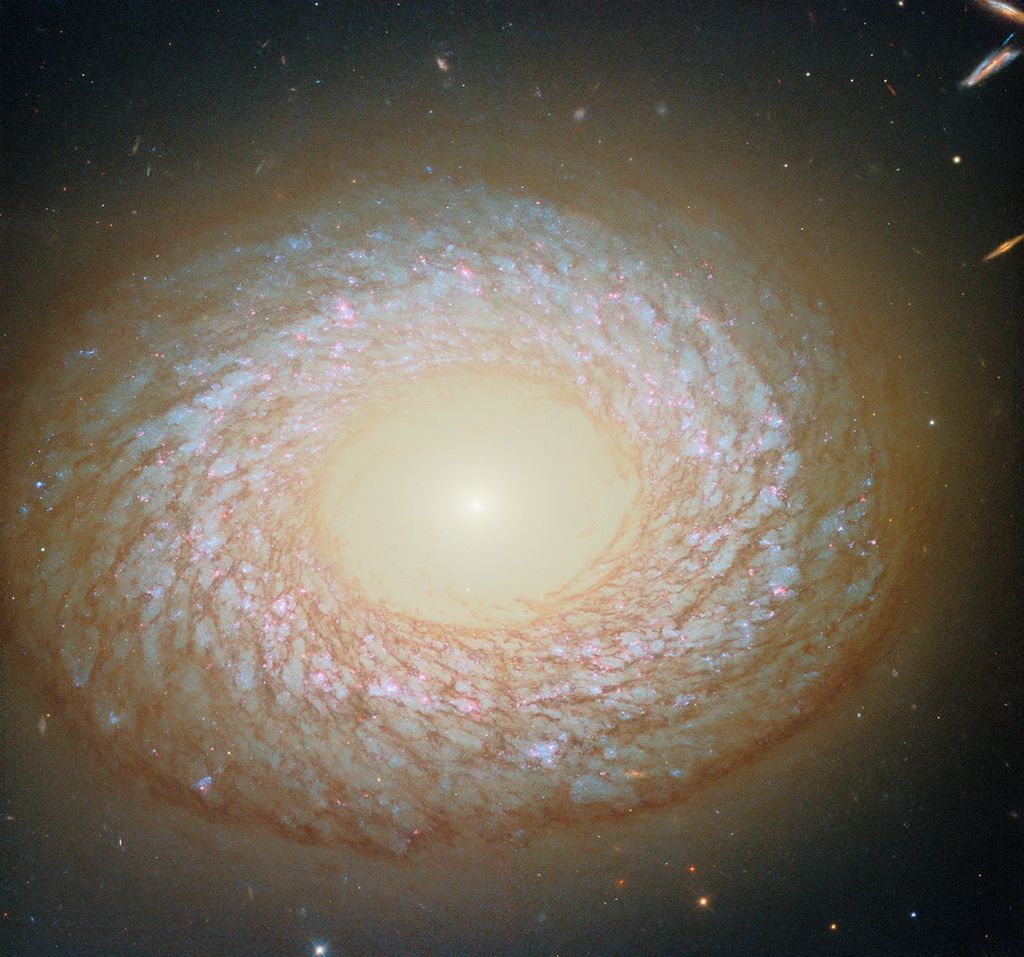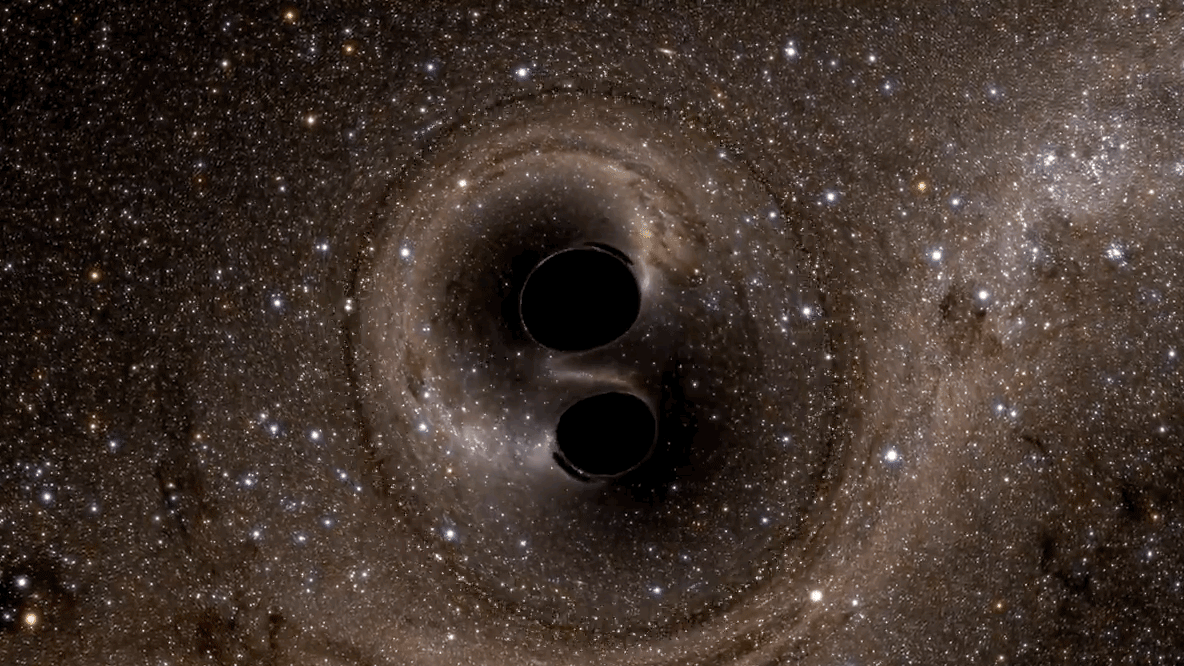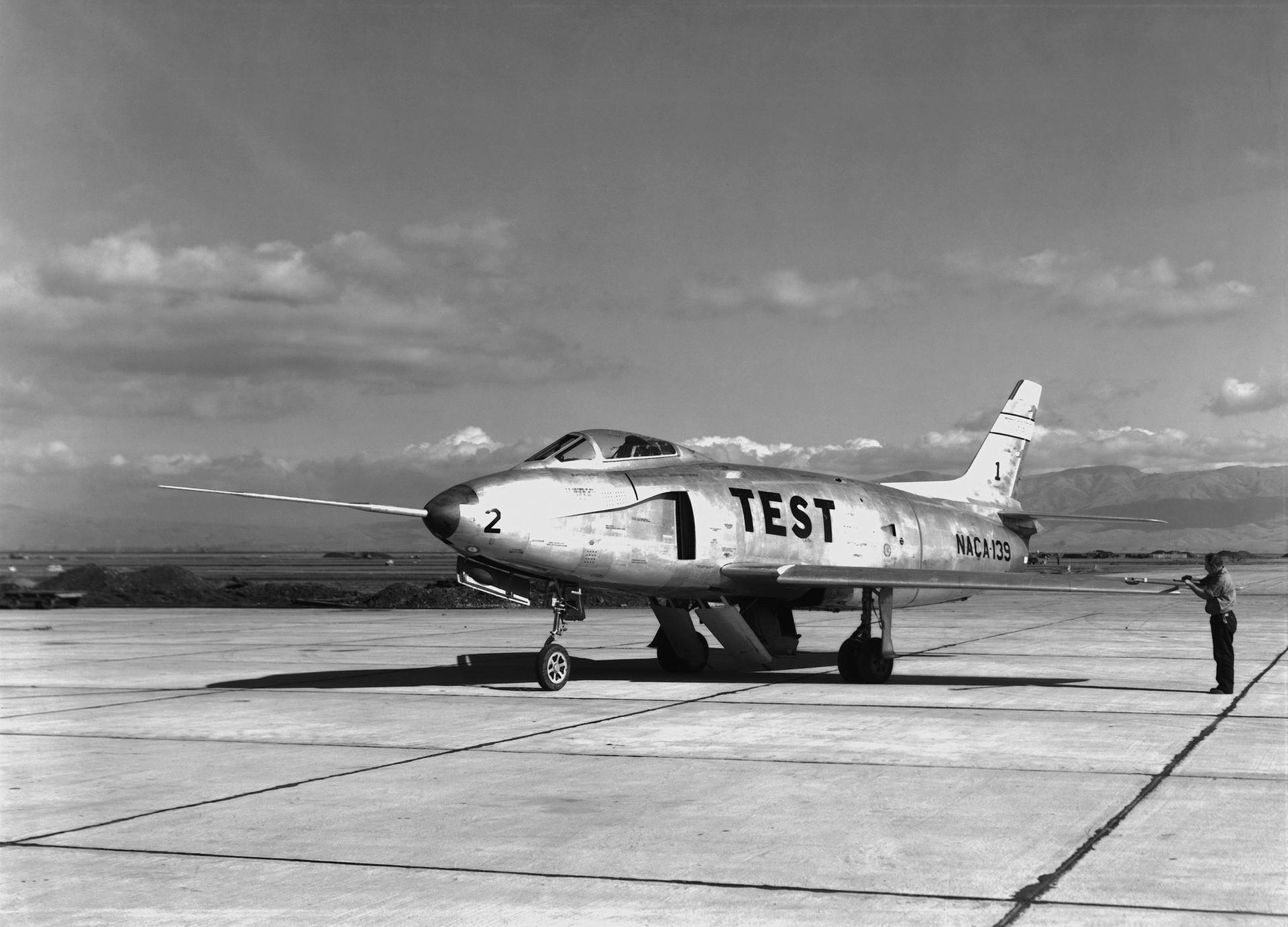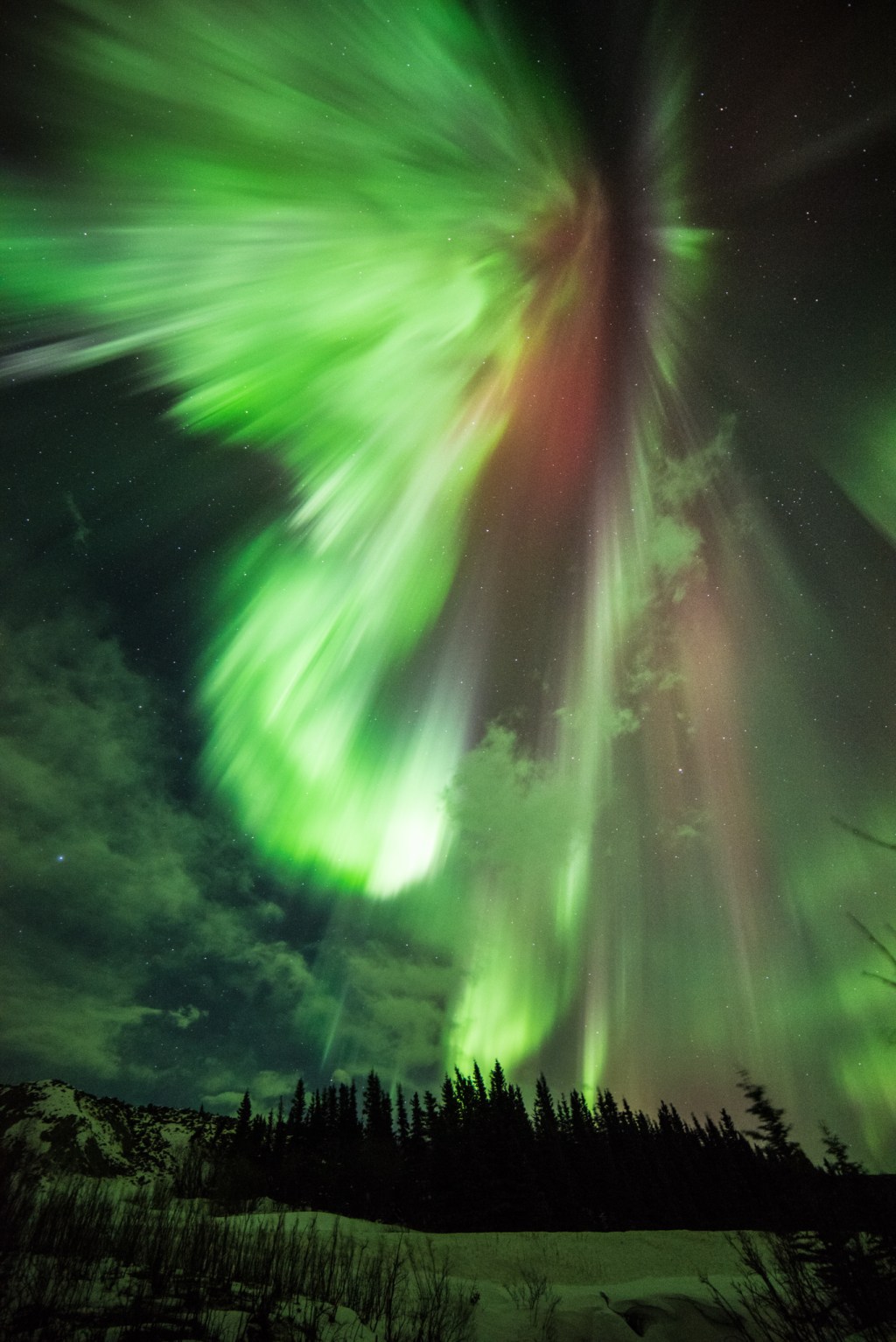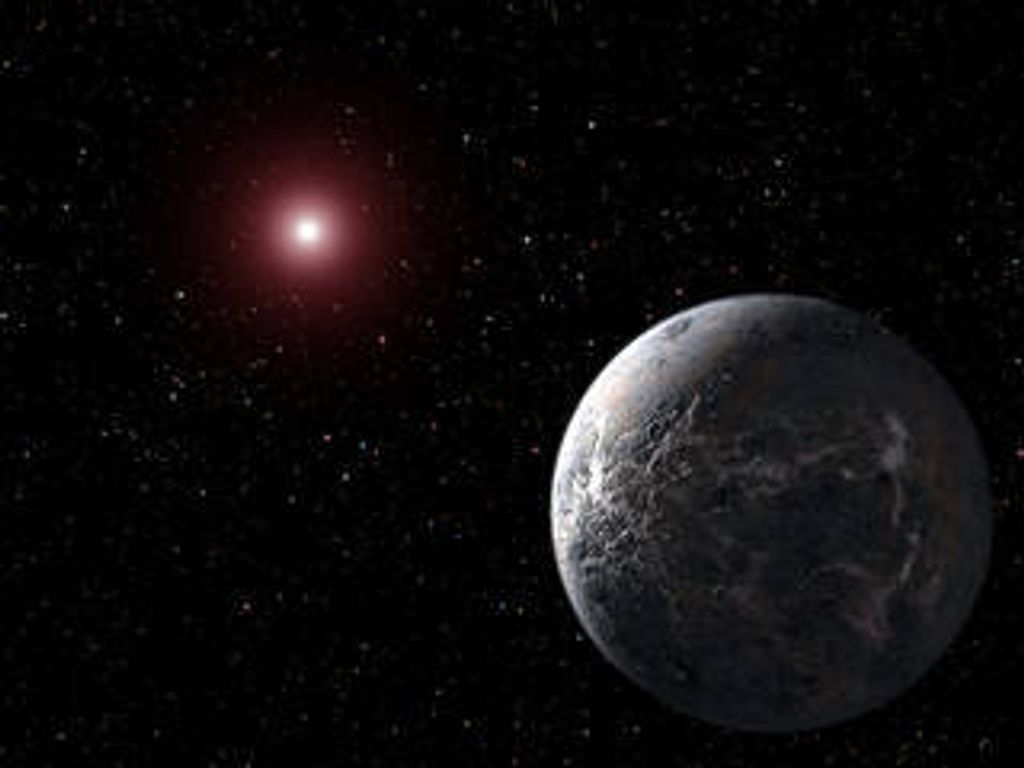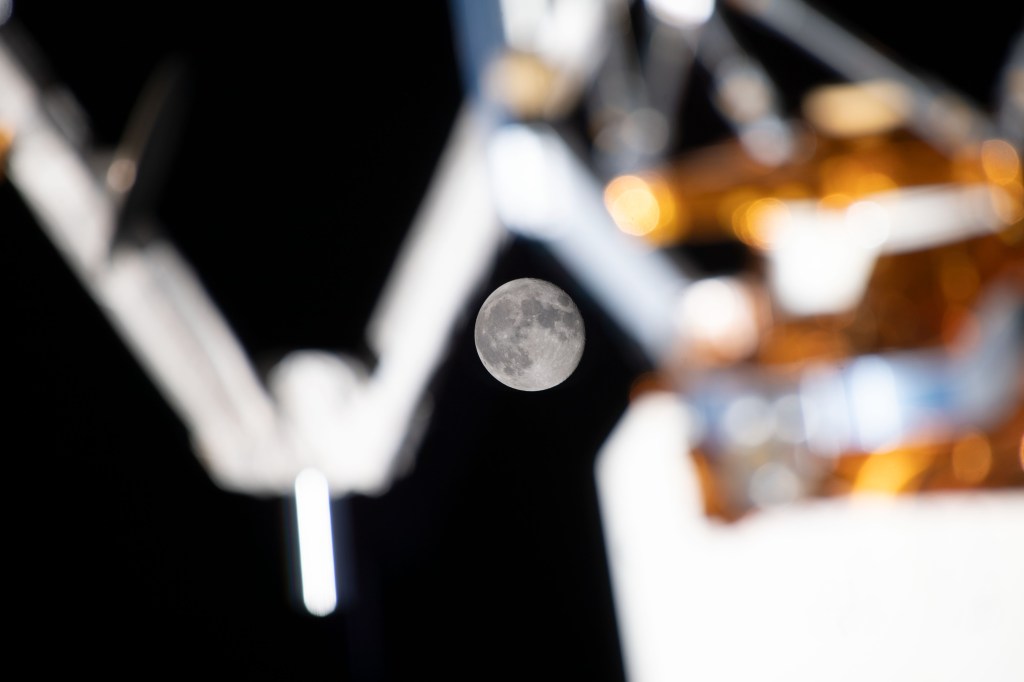1 min read
Spiral Quasar-host Galaxy J0742+2704

Quasar J0742+2704 (center) became the subject of astronomers' interest after it was discovered to have a newborn jet blasting from the disk around its supermassive black hole in 2020, using the Karl G. Jansky Very Large Array (VLA) radio observatory. This led to follow-up with other observatories in an effort to determine the properties of the galaxy and what may have triggered the jet.
While the jet itself cannot be seen in this Hubble Space Telescope infrared-light image, the spiral shape of J0742+2704 is clear, with faint but detectable arms branching above and below the galaxy center. This was a big surprise to the research team, as quasars hosting jets are typically elliptical-shaped, and its suspected that messy mergers with other galaxies are what funnel gas toward the black hole and fuel jets. These mergers would also disrupt any spiral formation a galaxy may have had before mixing its contents with another galaxy.
Though its intact spiral shape means it has not experienced a major merger, Hubble does show evidence that its lower arm has been disrupted, possibly by the tidal forces of interaction with another galaxy. This could mean that jets can be triggered by a far less involved, dramatic interaction of galaxies than a full merger. The large galaxy to the lower right of the quasar appears to be a ring galaxy, another sign of interaction. Some ring galaxies form after a small galaxy passes through the center of a larger galaxy, reconfiguring its gas and dust.
The brightest parts of this image — foreground stars and the bright center of the quasar — show the characteristic "starry" spikes produced by Hubble (and other telescopes') interior structure. They are not actual aspects of the cosmic objects.
About the Object
- R.A. PositionR.A. PositionRight ascension – analogous to longitude – is one component of an object's position.07:42:48.40
- Dec. PositionDec. PositionDeclination – analogous to latitude – is one component of an object's position.+27:04:12.23
- ConstellationConstellationOne of 88 recognized regions of the celestial sphere in which the object appears.Gemini
- DistanceDistanceThe physical distance from Earth to the astronomical object. Distances within our solar system are usually measured in Astronomical Units (AU). Distances between stars are usually measured in light-years. Interstellar distances can also be measured in parsecs.About 5.94 billion light-years (z=0.6264)
- DimensionsDimensionsThe physical size of the object or the apparent angle it subtends on the sky.Image is 1 arcmin across (about 1.7 million light-years)
About the Data
- Data DescriptionData DescriptionProposal: A description of the observations, their scientific justification, and the links to the data available in the science archive.
Science Team: The astronomers who planned the observations and analyzed the data. "PI" refers to the Principal Investigator.This image was created with Hubble data from proposal: 16713 (K. Nyland); Image processing: Joseph DePasquale (STScI)
- InstrumentInstrumentThe science instrument used to produce the data.WFC3/IR
- Exposure DatesExposure DatesThe date(s) that the telescope made its observations and the total exposure time.10 April 2024
- FiltersFiltersThe camera filters that were used in the science observations.F140W
- Object NameObject NameA name or catalog number that astronomers use to identify an astronomical object.Quasar J0742+2704
- Object DescriptionObject DescriptionThe type of astronomical object.Jet in an active galaxy
- Release DateJanuary 13, 2025
- Science ReleaseHubble Reveals Surprising Spiral Shape of Galaxy Hosting Young Jet
- CreditNASA, ESA, Kristina Nyland (U.S. Naval Research Laboratory); Image Processing: Joseph DePasquale (STScI)

This image was acquired by the WFC3 instrument on the Hubble Space Telescope. The color results from assigning a hue (color) to a monochromatic (grayscale) image. In this case, the assigned color is Orange: F140W

Related Images & Videos

Compass Image of J0742+2704
Hubble captured intriguing hints of interaction, if not full merging, between galaxies including quasar J0742+2704. There is evidence of a distorted tidal tail, or a streamer of gas, that has been pulled out by the gravity of a nearby galaxy. The presence of a ring galaxy also...
Share
Details
Claire Andreoli
NASA’s Goddard Space Flight Center
Greenbelt, Maryland
claire.andreoli@nasa.gov
NASA, ESA, Kristina Nyland (U.S. Naval Research Laboratory)
Joseph DePasquale (STScI)

